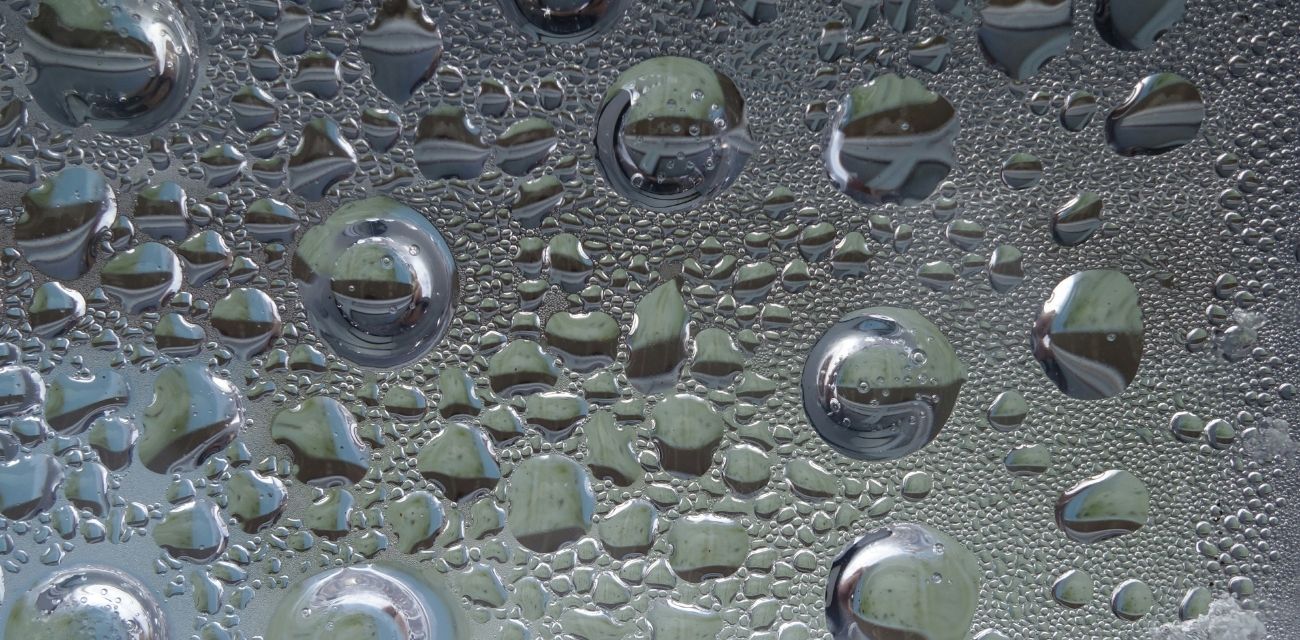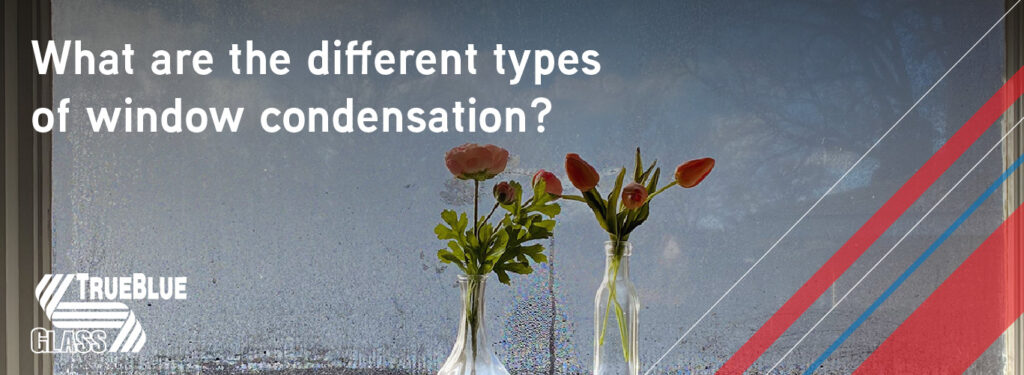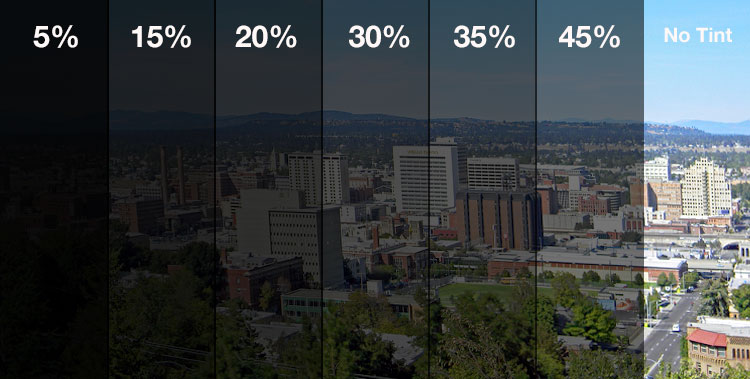What are the different types of window condensation?
You’ve likely seen condensation on a window before, but what causes it? Well, several things can cause condensation to form on your window panes. In this post, we’ll explore those different reasons and what you can do to prevent it from occurring at your place.
What is condensation?
The conditions have to be right for condensation to occur, and it happens when an object i.e., a window, is cooler than the air surrounding it. Water droplets form on the windowpane as a result of water molecules in the air hitting the cool, impermeable surface and sticking to it.
Different types of condensation
Below are the main types of condensation that you’ll notice on your glass at home:
Condensation on the inside pane of glass
This is the most common type of condensation you are likely to see on the glass around your home. You may think it is nothing to worry about, but over time the excess moisture can run down the pain and pool onto the framing below it. This can promote mould growth within the room, and timber fittings such as window sills and skirting can be prone to rotting. Mould is a hazardous contaminant that can affect your air quality and can cause a series of other health concerns.

What causes this type of condensation?
Often condensation forms on inferior glass that is lacking in quality. Old and outdated glass is notorious for condensation, among other issues as they lack insulation.
On the other hand, it may be happening because you have all your windows closed and the humidity is high in the room, for example, straight after a shower. It’s more of a concern when it’s occurring in multiple areas of the home regularly.
How to remedy the problem
The residual condensation left on your windows will evaporate eventually however, it’s a good idea to remove it with a microfibre cloth to avoid mould growth. Other ways you can help to alleviate it is by investing in a dehumidifier, adding weather stripping, and turning your exhaust fan on in the bathroom if you have one, if not, open the windows after a shower to allow the excess humidity to escape. Simple things such as turning on your ceiling fans is a great way to get the air circulating in the room and can help the condensation to evaporate more rapidly.
If your budget allows and your windows have seen better days, it may be worth upgrading them to better quality glass such as double glazing.
Condensation in between the panes of glass
This problem only occurs with double or triple-paned glass. Rather than consisting of a singular piece of glass, they are made up of two or three. The condensation doesn’t sit on the external pane of glass, it sits in between the sections. When this occurs, it is usually an indication that something is wrong with your windowpane.
What causes this type of condensation?
This type of condensation means that air is getting in between the panes of glass and sash. This humid air hits each side of the glass and causes condensation. You’ll be able to see it trapped inside the windowpane itself. Unlike condensation that sits on the external pane, this condensation doesn’t evaporate quickly as the amount of fresh air that is blowing on it is limited. Over time this moisture can build up, and mould can fester in between the sections. This can not only affect your health but the appearance of the glass too. This excess moisture can deteriorate the sill and sash and will progressively get worse.
How to remedy the problem
There is a temporary solution to this issue, and it involves professionally drilling into the windows to allow air in and dry them out. To ensure the efficiency of your home is maintained and your windows are in optimal working order, it pays to have them replaced. If they have been installed recently, and your new windows are experiencing this, be sure to contact your glazier and let them know.

Condensation on the exterior pane of glass
Sometimes it can be hard to tell whether the condensation is coming from inside or out until you touch it. It usually occurs on the exterior of windows when they don’t get much air to them, for instance, a window that’s blocked by thick landscaping or a neighbouring wall.
What causes this type of condensation?
Condensation usually forms on the exterior of a windowpane because the air outside is humid, and the pane of glass is cooler. You may notice this more in the middle of summer when your home is cool from air-conditioning and the temperature outside is hot and humid. It can occur on almost all types of windows, new ones included.
How to remedy the problem
There isn’t too much you can do about exterior condensation, and until the humidity drops outside, it will continue to form regardless of if you’ve wiped it down or not. You can prevent moisture from building at the bottom of your window by wiping it down every so often.
If condensation is a permanent problem for the windows at your place, it may be time to upgrade them. For more information on this topic or to get a quote from the glass experts on the Gold Coast, contact our team here at True Blue Glass.





